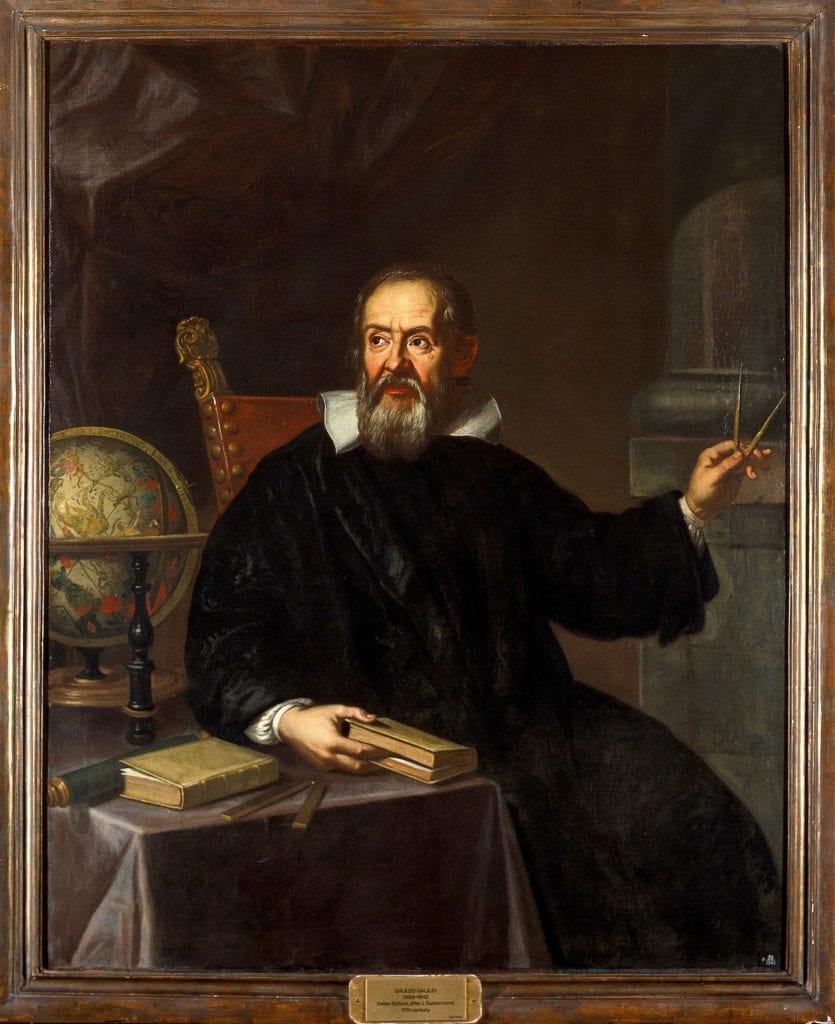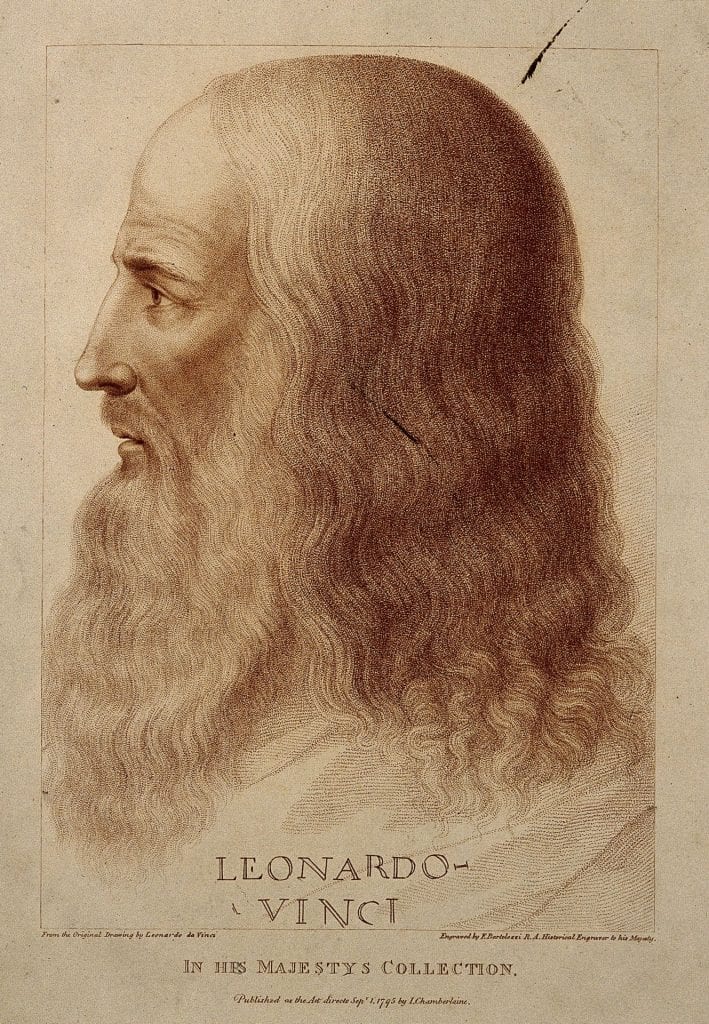by Professor Anna Marie Roos
Faculty in the School of History and Heritage wear many hats—as lecturer, tutor, researcher, administrator and advisor.
Sometimes, faculty members edit professional journals, which are publications at the coalface of original research that publish peer-reviewed papers from professional historians. The Museum History Journal, co-edited by Kate Hill; the International Journal of Local and Regional History co-edited by Ian Packer and Krista Cowman; and the European Journal of Cultural Studies for which Erin Bell is co-editor are but a few. Being a journal editor is a tough job. An editor has to assign manuscripts to other scholars to review, soothe disappointed authors, make decisions when there are two contradictory reviews, and keep on top of the production of proofs.
Despite these challenges, it is also wonderfully rewarding because a journal editor has the great privilege of seeing how the profession of history evolves and seeing the best of new research.
I edit Notes and Records: the Royal Society Journal of the History of Science, and we’ve had the luck and privilege lately to publish two groundbreaking papers in the history of science. One concerned the rediscovery of a letter by Galileo in the Royal Society Library in London by a young postdoctoral student named Salvatore Ricciardo from the University of Bergamo. It is a very important early seventeenth-century letter that Galileo wrote to his friend Benedetto Castelli, which outlines his views of the relevance of the Bible to scientific study. Galileo supported heliocentrism, the idea that the earth moves around the sun, but some biblical passages suggested that the earth was still and immovable. In his letter to Castelli, Galileo basically argues that while the Bible tells us how to go to heaven, it does not tell us how the heavens go. It turns out, however, that Galileo subsequently worried about how his statements would be perceived by the Inquisition, so he ameliorated his language so as (so he thought) to avoid prosecution. It is a fascinating picture of the relationship between natural philosophy (early science) and religion in the early modern era. The article was covered by Nature, and the BBC interviewed me about the discovery.
 Galileo Galilei (1564-1642). Oil painting by an Italian painter, 18th (?) century.
Galileo Galilei (1564-1642). Oil painting by an Italian painter, 18th (?) century.
We also just had a new paper published by Philip L. Richardson about Leonardo da Vinci’s discovery of dynamic soaring, a flight manoeuvre performed by birds to extract energy from the gradient of wind velocity (wind shear) for sustained flight. As the article state, Leonardo ‘pre-dates by almost 400 years the first generally accepted explanation of the physics of this soaring technique by Lord Rayleigh in 1883’. It is one of Leonardo’s most significant discoveries in aerodynamics. The Royal Society interviewed Professor Richardson, writing a blog post here.
So when you look at a journal article for your essay writing, just think—maybe one of your tutors had a hand in bringing this piece of research to life.
